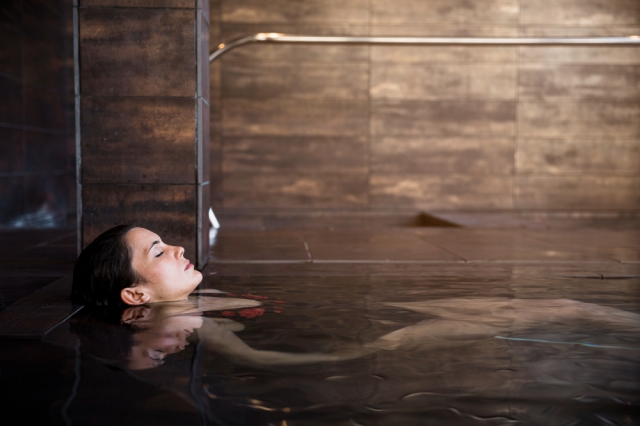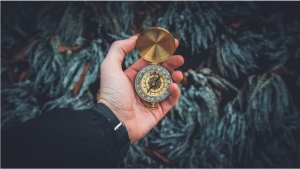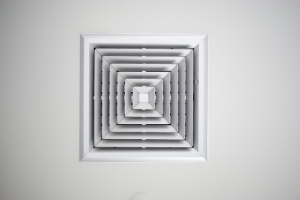Have you ever wondered what relaxing in a traditional Japanese onsen is like? These hot spring baths, rich in minerals and renowned for their healing properties, offer a unique and deeply calming experience. Visiting it can be a refreshing way to connect with Japanese culture while soaking in the tranquility of nature.
Whether you’re seeking physical rejuvenation or simply want to unwind, an onsen visit is a must-do on any trip to Japan. However, like many cultural experiences in Japan, there are essential etiquette and rules to follow. Let’s look closer at this Onsen Guide, from what to expect to the do’s and don’ts, so you can fully enjoy this peaceful and traditional experience.
Onsen Etiquette: Do’s and Don’ts
Understanding proper etiquette is crucial when visiting an onsen. The Japanese take the rules seriously, so familiarizing yourself with the guidelines ensures a respectful and enjoyable visit.
- Wash before Entering the Bath: Hygiene is paramount in Japan, especially at these facilities. Visitors must thoroughly wash and rinse their bodies before entering the communal waters. Most places provide small stools and hand showers to clean yourself. Be sure you're completely clean before stepping into the bath.
- Enter the Bath Naked: Swimsuits or other clothing are not permitted. While this may feel uncomfortable to some, it’s part of the experience.
- Respect the Quiet: They are places of relaxation, so loud conversations or disruptive behavior are discouraged. Speaking softly or remaining silent is encouraged.
- Tattoos: Visible tattoos can be frowned upon or even prohibited in traditional ones, as tattoos have historical ties to organized crime in Japan. Some modern or tourist-friendly places are more relaxed, but it’s wise to check or cover your tattoos with a plaster.
- Don’t Dip Your Towel in the Water: You can bring a towel for modesty or drying off, but keeping it out of the water is essential.
What to Bring to That Place
While many facilities provide essentials, it’s good to be prepared. Here’s what you might want to bring:
- Small Towel: Used for modesty and drying off, but remember not to put it in the water.
- Large Towel: For drying yourself after leaving.
- Personal Toiletries: Though many places provide soap and shampoo, bringing your own can be helpful, especially for sensitive skin.
- Hair Tie: For long hair, tie it up to keep it out of the water.
Types of Onsen Baths
Japanese onsens come in various forms, each offering a slightly different experience. Whether you prefer an indoor or outdoor bath or a private versus communal experience, there’s something for everyone.
- Rotenburo (Outdoor Bath): These baths are outside, often surrounded by nature. The fresh air and scenic views make them a favorite for many visitors.
- Indoor Baths: Typically found in ryokan (traditional inns) or hotels, indoor options provide a more sheltered, private experience.
- Kashikiri (Private Baths): Some facilities offer private options if you prefer privacy or are visiting as a couple or family. These can be booked in advance for a more intimate setting.
- Mixed-Gender Onsens: Though less common today, some traditional onsens still allow men and women to bathe together. If you’re interested in this, check the facility’s policy.
Next time you plan your trip to Japan, include this unique Onsen Guide in your itinerary. Visiting an onsen is more than just a relaxing experience; it’s a cherished tradition that connects you with nature and offers an escape from the stresses of daily life. By understanding and respecting the rules, you’ll be able to enjoy the experience and immerse yourself in Japanese culture fully. Prepare, relax, and enjoy the tranquility of a traditional Japanese hot spring bath!






